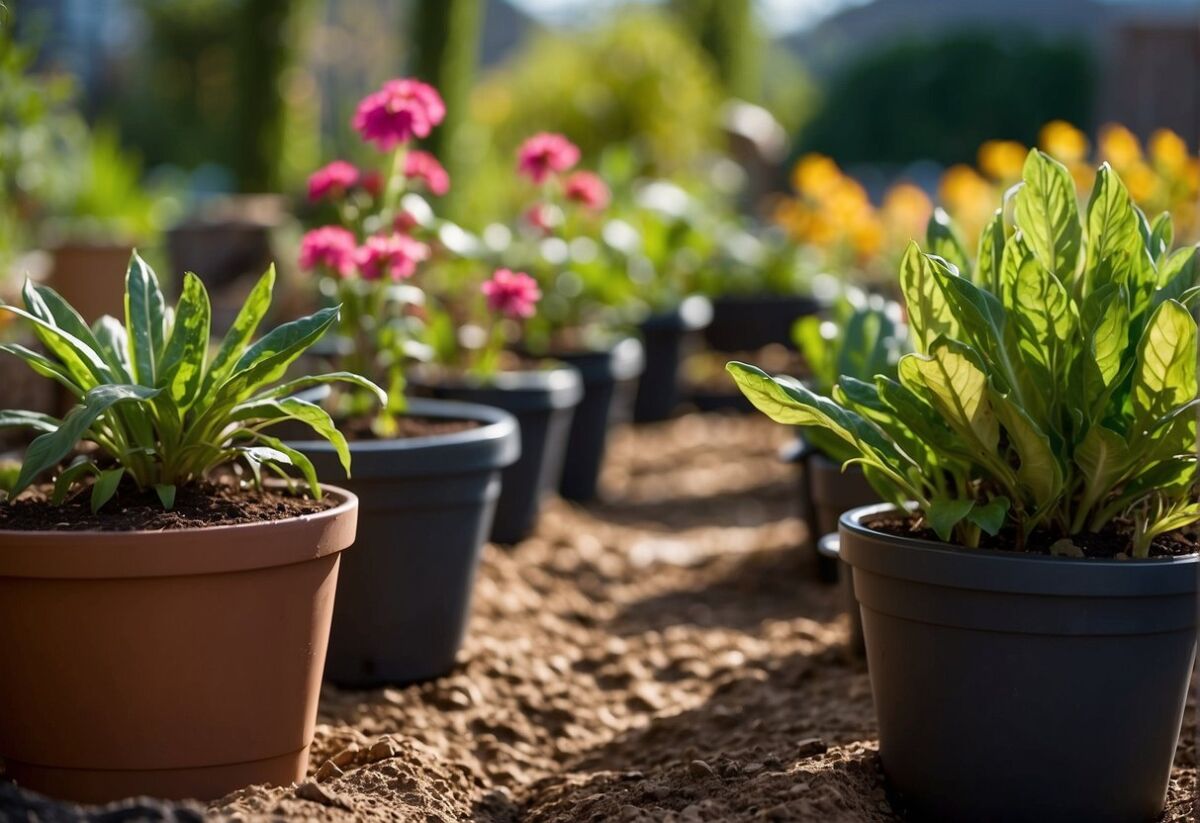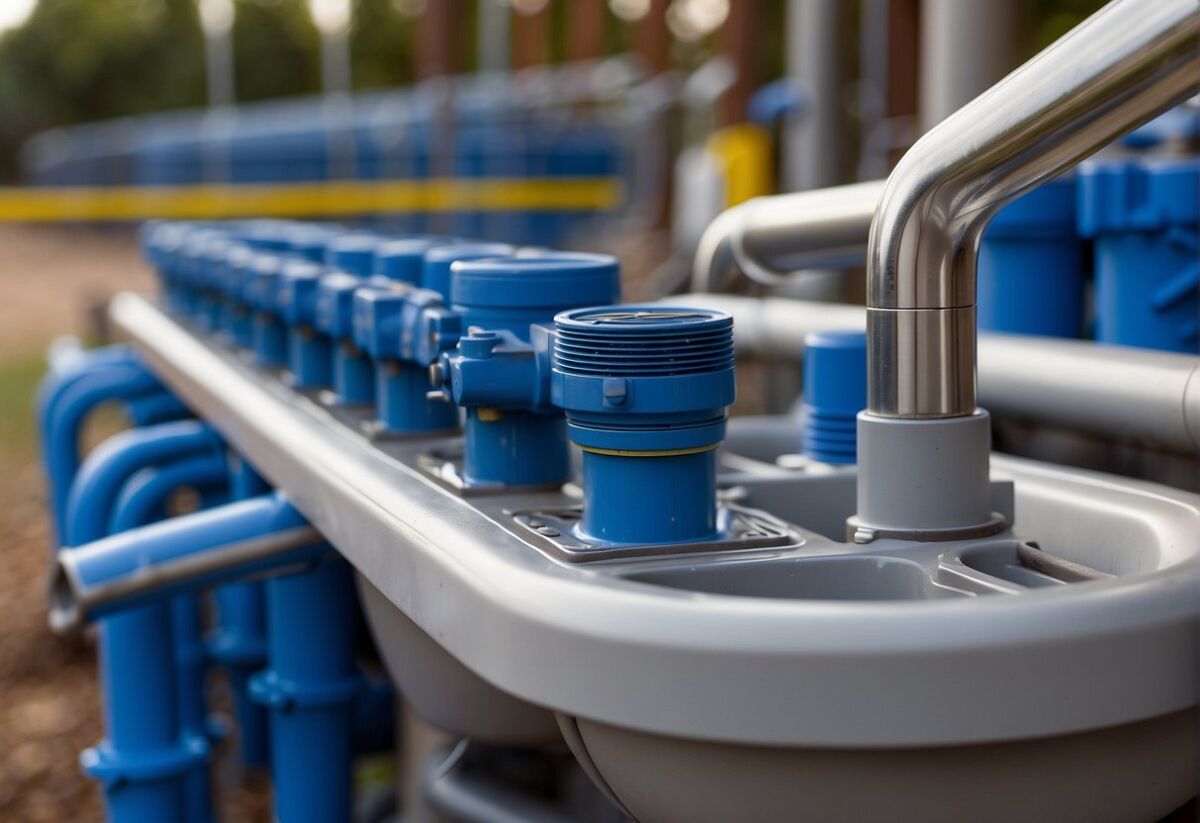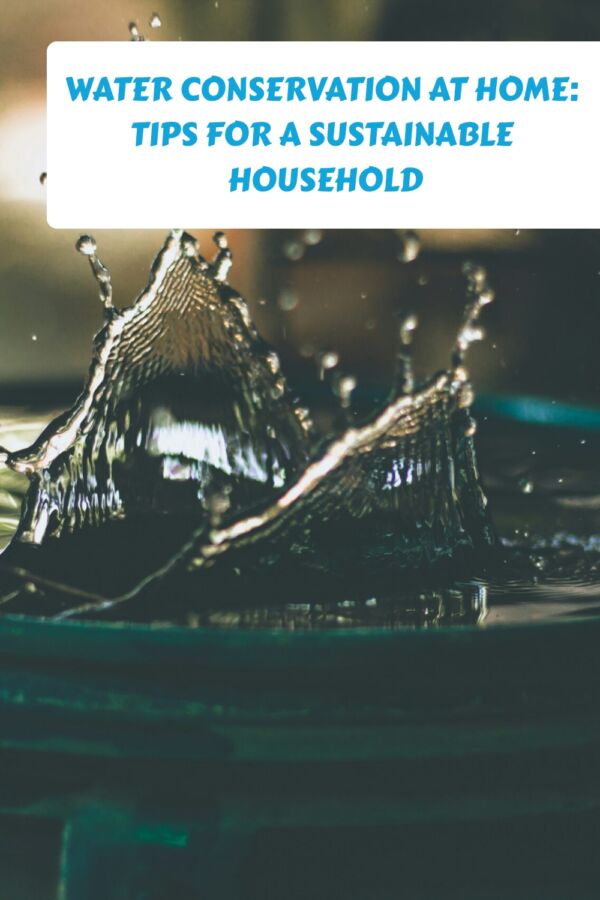Water is a crucial resource, yet it’s one that we often take for granted. As you turn on the tap for a glass of drinking water or run the shower for a warm rinse, it’s easy to overlook how precious this resource truly is. With climate change impacts intensifying and the global population growing, the demand for freshwater continues to surge.
Water conservation is the practice of using water efficiently to reduce unnecessary water usage. It is not just about saving water for its own sake but about managing water sustainably to protect our natural ecosystems, ensure a steady water supply for future generations, and maintain the quality of our freshwater sources.

Your everyday habits can have a big impact on water conservation efforts. Simple measures like fixing leaks, using water-efficient appliances, and being mindful of your water consumption can significantly reduce the amount of water that goes to waste.
Beyond personal habits, embracing conservation measures can also lead to energy savings, as the treatment and distribution of water are energy-intensive. Efficient water use helps lessen the energy required to process and deliver it to homes, businesses, and communities, reducing the greenhouse gas emissions that contribute to climate change.
Fixing Leaks

Detecting and repairing leaks in your home is critical in preserving our vital water resources. A steady drip from a faucet could waste over 1,000 gallons a year, so promptly addressing leaks is wise.
Check for Leaks:
- Use Your Water Meter: Examine the meter before and after a 2-hour period when no water is used. If the reading changes, you likely have a leak.
- Monitor Your Bills: A sudden increase in your water bill may indicate a leak in your system.
Common Leak Sources:
- Toilets: Worn flappers are often culprits for water loss. A quick test is to place a few drops of food coloring in the tank and wait 15 minutes. If the bowl shows color, there’s a leak.
- Faucets/Taps: Replacing washers or adding faucet aerators can fix drips and enhance water efficiency.
- Home Infrastructure: Periodically inspect pipes, valves, and the septic system for signs of leaks.
Adopt Water Efficient Practices:
- Install composting toilets as they use little to no water, reducing strain on your septic system.
- Retrofit your home with water-efficient fixtures and appliances.
By taking these proactive steps, you save water, protect water quality, and contribute to the longevity of your home’s water system and infrastructure while keeping your utility bills in check.
See Related: Is Water a Renewable Resource?
Efficient Water Use in Gardening

When you’re tending to your garden, water conservation should be a top priority, especially during periods of drought. Here’s how you can manage water efficiently and support a healthy landscape:
Irrigation Timing and Techniques:
- Morning Glory: Water your garden early, ideally between 6:00 and 8:00 a.m. This minimizes evaporation and ensures more water reaches the plant roots.
- Drip It: Employ drip irrigation systems or soaker hoses, which deliver water directly to the soil, reducing waste and evaporation compared to traditional sprinklers.
Soil Management:
- Organic Matters: Enhance your garden’s soil by regularly incorporating organic matter. This will improve its ability to retain moisture and reduce your garden’s overall water needs.
- Mulch Magic: Apply a layer of mulch around your plants. This helps to keep the soil moist by reducing evaporation and also discourages weed growth, which competes for water.
Thoughtful Landscaping:
- Go Native: Choose native plants that are well-adapted to your region’s climate. They usually require less water and are more resistant to local pests and diseases.
- Zonal Thinking: Organize your plants into hydrozones, grouping them by similar water requirements. This efficient arrangement saves water by avoiding over- or under-watering sections of your garden.
By integrating these strategies into your routine, you’ll conserve a vital resource and cultivate a thriving and sustainable garden. Remember, managing your outdoor water use isn’t just good for the environment—it’s also practical for maintaining a beautiful space around your home.
Rainwater Harvesting

Rainwater harvesting is a practical method of conserving water by collecting and storing rain for reuse. This process helps you alleviate the demand for municipal water supplies, promoting sustainable management of this precious resource.
When rainwater is captured, it can reduce the strain on infrastructure such as water treatment and wastewater treatment facilities.
Benefits of Rainwater Harvesting:
- Conservation of Water Resources: It directly supports water efficiency by using rainwater instead of potable water for non-drinking purposes.
- Lower Water Rates: Using harvested rain properly can significantly save water bills.
- Energy Savings: Less demand for water utilities reduces the energy footprint associated with treating and pumping water.
Ways to Use Harvested Rainwater:
- Gardening: Water your plants with natural rainwater.
- Flushing Toilets: Use stored rainwater for flushing to save treated water.
- Laundry: Connect your washing machine to a rainwater storage system.
Getting Started:
- Set up a catchment area, usually a rooftop, to collect rainwater.
- Channel the water through gutters into a storage system, like barrels or tanks.
- Implement a basic filtration system to remove debris.
- Consider adding a more advanced treatment system if you use the water for potable needs.
Implementing rainwater harvesting systems is a forward-thinking step to increase water use efficiency. It supports managing water sustainably and prepares your household for times of drought or water scarcity, providing an invaluable supplement to your regular water supply.
See Related: Breaking Down the Best Off-Grid Water Systems
Greywater Recycling

One practical approach you might consider when addressing water conservation is greywater recycling. This underutilized method helps you reuse household water from bathroom sinks, showers, and laundry, contributing to a more sustainable living environment.
Understanding Greywater
- What is it? Greywater constitutes a significant portion of domestic wastewater, excluding toilet water.
- Sources: Showers, bathroom sinks, clothes washers, and laundry systems.
- Exclusion: Kitchen and dishwasher due to their potential for greasy and food-laden water, affecting water quality.
Advantages of Greywater Recycling:
- Conservation: Saves potable water by substituting it for non-potable uses.
- Water Efficiency: Increases overall water use efficiency.
- Energy-Efficient: Less energy is needed compared to treating and transporting fresh water.
How to Recycle Greywater:
- Collection: Water from showers, sinks, and laundry needs to be separated from sewage water.
- Treatment: Simple filtration to advanced treatment for removing impurities based on the intended use.
- Reuse: For irrigation or toilet flushing, which does not require potable water quality.
Implementing Your System:
An innovation in water systems, many modern homes include greywater recycling in their design; however, retrofitting older homes is also feasible.
- Plumbing: New homes may have a dual plumbing system separating greywater from blackwater (sewage).
- Retrofitting: Changes to your existing plumbing to divert greywater to a treatment and storage system.
Incorporating greywater recycling into your routine conserves water and can substantially reduce your household’s freshwater footprint. Don’t forget to comply with local water treatment regulations, as reuse safety is paramount.


